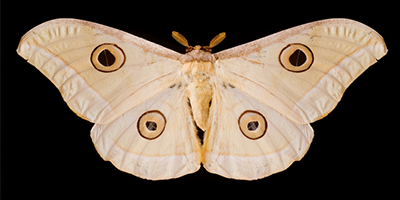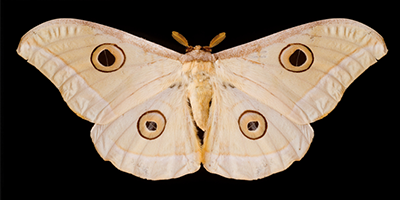Beating Turbulence to Find a Mate
Many insects secrete pheromones to sound an alarm, claim territory, or attract a mate. Pheromones often travel long distances to reach their target, making the signals they transport highly susceptible to disruption by turbulent atmospheric flow and to competition with other olfactory stimuli. Understanding how pheromones propagate in real-world environments is thus a challenging fluid dynamics and neurobiology problem.
Now, Antonio Celani at ICTP in Trieste, Italy, and colleagues have developed a statistical mechanics approach to solve an entomological riddle: the olfactory search process of male moths, which are able to detect pheromones emitted by female moths hundreds of meters away. The researchers presented a theory based on so-called Lagrangian methods, which can trace the evolution of trajectories of pheromones in a turbulent airflow. They applied this theory to determine the intensity and duration of pheromone signals, validating the results with numerical simulations, controlled lab experiments, and field data. They found that pheromones emitted by female moths can be perceived by males located within a so-called “cone of detection” that can be as long as meters. They also found that pheromone signals are most commonly detected as intermittent “whiffs” that last only a few milliseconds, occurring within longer (few milliseconds to tens of seconds) periods in which pheromone levels fall below the insects’ sensitivity threshold.
The authors suggest that their findings could help design protocols for laboratory experiments that test olfactory responses and inform a range of practical applications. For example, by controlling the behaviors of insects exposed to pheromones, researchers could limit the ability of invasive or disease-carrying pests to mate.
This research is published in Physical Review X.
–Katherine Kornei





